According to the differences in raw materials and preparation methods, conductive polymer composites can be divided into structural conductive composites, surface-treated conductive composites, and composite conductive composites. Structural conductive composites are inherently rigid, difficult to melt, hard to form, difficult to form, doped with most of the toxicity, poor electrical conductivity, high cost, and limited utility; surface-treated conductive composites have only one layer of conductive material on the surface. Abrasion, and the coated metal is easy to oxidize, the conductive effect can not be long; composite conductive polymer composite material refers to a composite material with a polymer material as a matrix, to which a variety of conductive materials are added, dispersed by lamination, various composites, etc. After the method is processed, a plurality of composite systems with a conductive function, which not only has a conductive function, but also has many excellent properties of polymer composite materials, can adjust electrical and mechanical properties in accordance with the needs of a wide range, and the cost is low. Therefore, the composite conductive polymer composite material should be widely thrown 1.3 performance test volume resistivity measurement such as plate-like sample and electrode configuration diagram, a sample inserted between the two electrodes to make a good connection angle applied to two The ratio of the DC voltage across the electrodes to the current flowing through the sample volume between them is called volume resistance Rv by Rv and The resistance coefficient calculated from the electrode and sample size is called the volume resistivity P r volume resistance, n mechanical properties measured tensile test methods see the bending strength test according to GB 1449-83 test.
2 Results and discussion (1) Performance test results and analysis Table 1 Copper powder as filler electrical content (parts by mass) Service sample thickness (mm) Resistance (n) Volume resistivity n.cm Note: Samples in this table The copper powder used was washed by acid pickling and vacuum drying. Table 2 Copper Powder as Filler Electrical Properties Content (parts by mass) Service Sample Thickness (mm) Resistance (n) Volume Resistivity ncm Note: The samples used in this table are used Copper powder was not treated.
According to Table 1, Table 2 can be used to show the relationship between the volume resistivity and the filler content in the test Conductivity test results Discussion: The conductive mechanism of the polymer composite conductive material is relatively complex and can generally be divided into how the conductive loop is formed and how the loop is formed. In the two aspects of electrical conductivity, the former mainly studies the relationship between conductive fillers and the electrical properties of composite systems.
Filler content-a tensile strength curve The filler content is determined by bending.
Filler content-bending strength relationship diagram mechanical test results discussion: From the above main mechanical experimental results analysis shows that, with the gradual increase of Cu filler content, the overall tensile strength and bending strength curve of the product is gradually decreasing when the content is At 4% (%), the tensile strength and bending strength of the product did not decrease much as compared with the blank sample, which fully satisfied the engineering requirements.
In this experiment, due to the addition of defoamer B, the porosity within the product was increased and the strength of the bond between the components was reduced. Therefore, as the filler content gradually increases to about 40%, the product maintains high strength. In the second test, the mechanical operation was adopted, the fillers were mixed evenly, and the products were molded steadily, which was also one of the important reasons for the stable mechanical properties of the products.
3 Conclusion The use of anti-oxidant A defoamer B, given metal filler conductive polymer products with excellent conductive properties Conductive polymer materials with treated copper powder as a conductive filler, when the mass of the filler is about 40%, the composite The best conductivity of the material In this test, when the mass fraction of copper powder is around 4 (%), the tensile strength and flexural strength of the product maintain a high level.
PCD Ball Nose End Mills means that the main deflection angle varies continuously from 0 to 90 degrees, depending on the depth of cut. The cutting edge of this insert is very strong, because the chips generated in the direction of the long cutting edge are relatively thin, so it is suitable for a large feed amount, the direction of the cutting force along the radial direction of the insert is constantly changing, and the pressure generated during the processing. Will depend on the depth of cut. The development of the geometric geometry of the modern blade makes the circular blade have the advantages of smooth cutting effect, low power requirement for the machine tool and good stability. Today, it is no longer an effective roughing cutter, and it has a wide range of applications in face milling and end milling.
PCD Ball nose end mills are used for a wide range of applications such as shoulder milling, slotting and contoured surface milling. Compared with Carbide End Mills , PCD End Mills have the following obvious advantages:
â—Allow faster speed and feed;
â—High stability and it can improve workpiece quality with tight dimensional
â—Especially suitable for machining aluminum, copper and other metals with ultra-precision mirror grinding
â—Optimizes machine tool efficiency by increasing production capacity
PCD End Mill
PCD Ball Nose End Mill
PCD Thread Milling Cutter
Flexible in order quantity:
Samples can be provided before mass production, and MOQ can be discussed accordingly.
PRODUCT DETAIL:

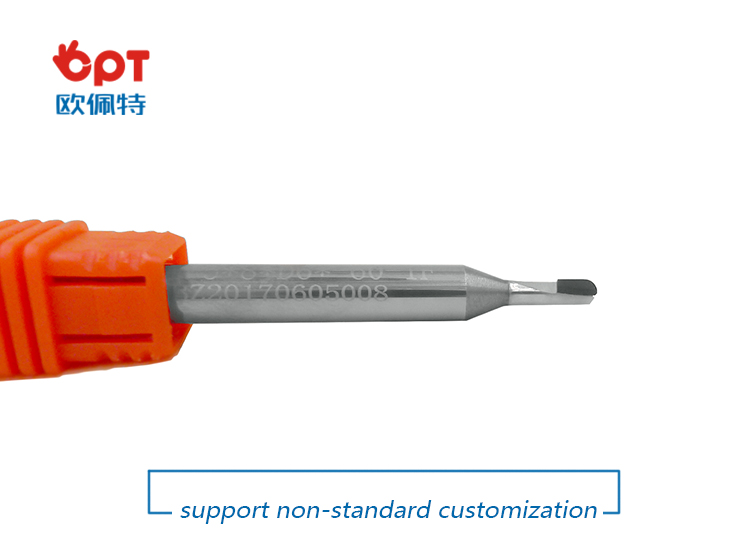
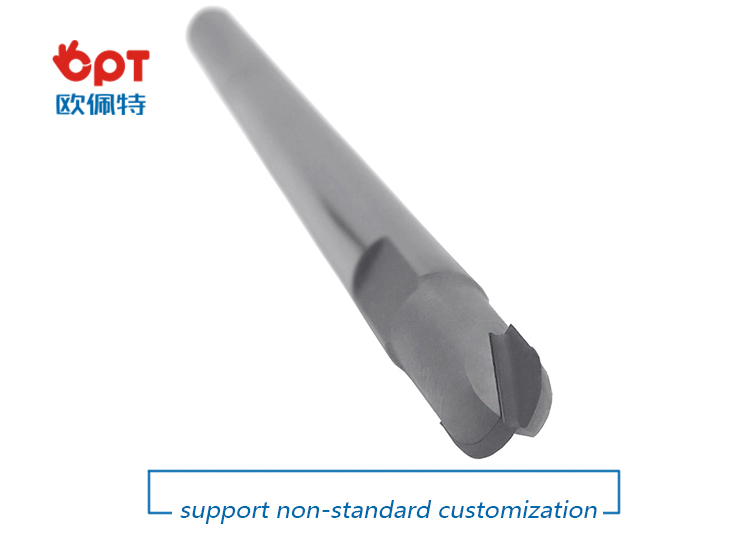
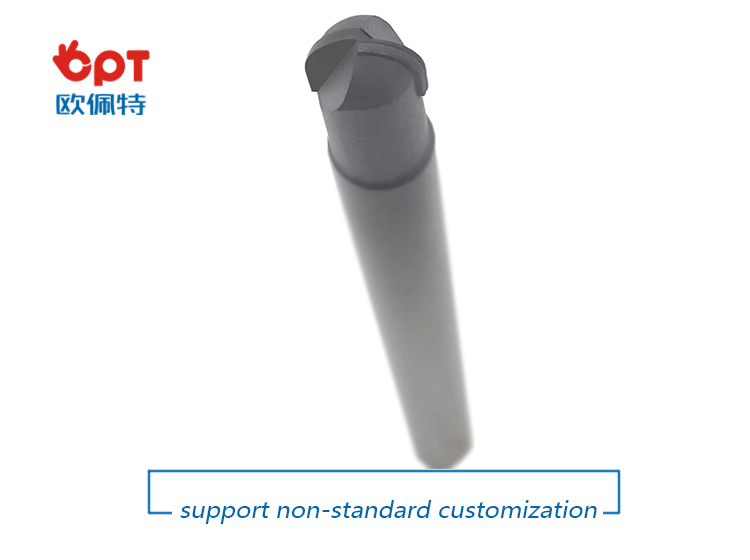
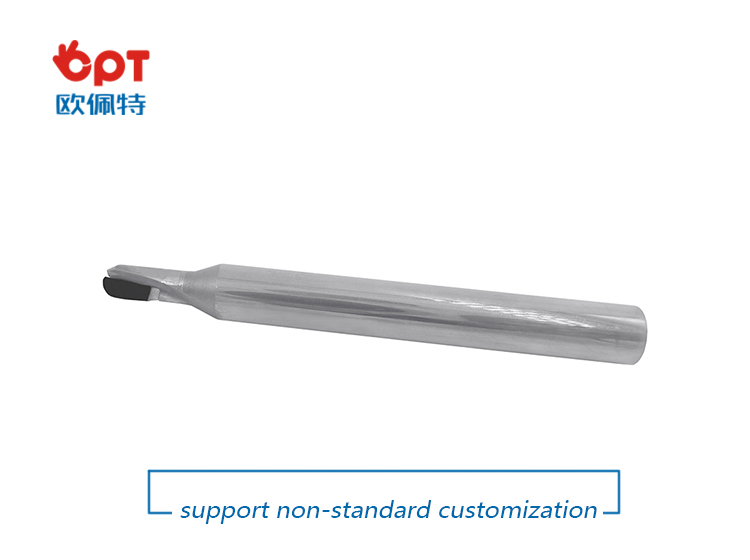
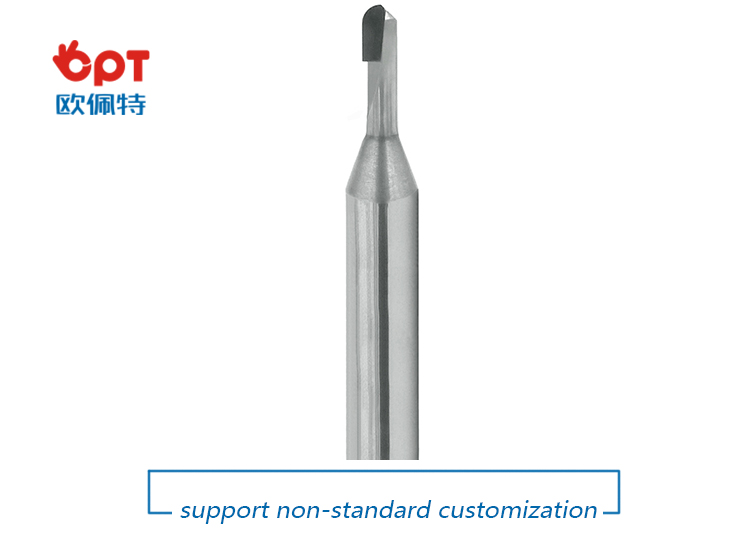
PRODUCTING PROGRESS:

PAYMENT AND DELIVERY:

PRODUCT EQUIPMENT :
+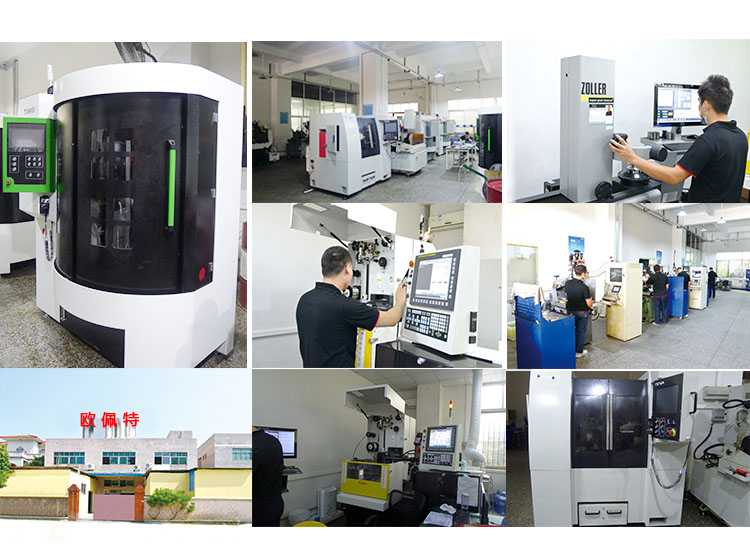
ABOUT US :
We are specialize in manufacturing PCD diamond tools and Carbide tools. Our major product inclulde PCD Inserts , PCD Reamers , PCD End Mills, PCD Taps, Cabide Inserts, Carbide Drills , Carbide Reams, Taps etc.,
We also offered customized cutting tools per drawings, and provide package according to customer requirements. We manufacture a series range of cutting tools for machining of Cast iron, Aluminium alloy and Non-Ferros metal, it is widely used in all major sectors like Automobiles, Engineering, Aerospace, Aviation and 3C industry. Premium quality of raw material is used in the production and strict examination during processing with advanced equipment, so our client are satisfied with our reliable quality and on-time delivery.
Our best selling of cutting tools include PCD Inserts, PCD End Mill , PCD Ball Nose Mill, PCD Reamer , Carbide Taps , Carbide End Mill, Special Form Cutter and many more. For these years we have been made a large forward in the technologies of manufacturing cutting tools. With high quality on performance and price, our product sells well both on domestic and overseas market. And we will always focus on the quality and best service, to make long business relationship.
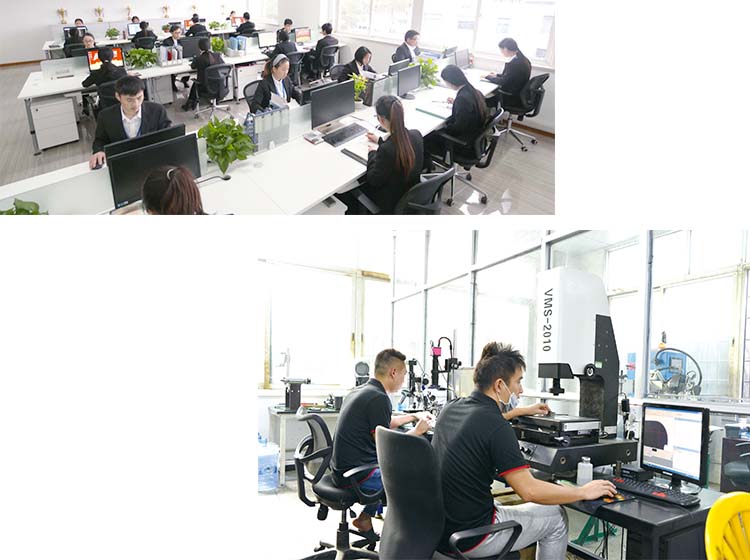
quanlity control:
We have dedicated team of quality control and precise equipment to keep good and stable performance for our products and processing services.

PCD Ball Nose End Mills
Ball Nose End Mills,Ball End Milling Cutter,Bull Nose Cutter,PCD Ball Nose End Mills
OPT Cutting Tools Co., Ltd. , https://www.optdiamondtools.com